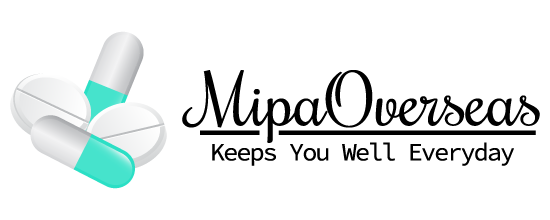What is Pitavastatin Tablets ?
Pitavastatin is a medication commonly prescribed to help manage high cholesterol levels. It belongs to a class of drugs known as statins. Statins work by inhibiting an enzyme in the liver that plays a key role in the production of cholesterol. By reducing the production of cholesterol, statins help lower the levels of LDL (low-density lipoprotein) cholesterol, which is often referred to as “bad” cholesterol.
Pitavastatin Tablets Uses
- Hypercholesterolemia (High Cholesterol): Pitavastatin is prescribed to lower elevated levels of LDL (low-density lipoprotein) cholesterol, which is often referred to as “bad” cholesterol. Elevated LDL cholesterol is a significant risk factor for atherosclerosis, a condition characterized by the buildup of fatty deposits in the arteries.
- Dyslipidemia: Pitavastatin is used to treat mixed dyslipidemia, a condition characterized by high levels of LDL cholesterol along with high levels of triglycerides and/or low levels of HDL (high-density lipoprotein) cholesterol. It helps to normalize these lipid levels.
- Primary Prevention of Cardiovascular Events: In individuals with multiple risk factors for cardiovascular disease (e.g., high blood pressure, smoking, family history of heart disease) and elevated cholesterol levels, pitavastatin may be prescribed to reduce the risk of future cardiovascular events, such as heart attacks and strokes.
- Secondary Prevention of Cardiovascular Events: Pitavastatin is used for individuals who have already experienced a cardiovascular event (such as a heart attack or stroke) to reduce the risk of further events.
- Diabetic Dyslipidemia: In people with diabetes, maintaining healthy cholesterol levels is crucial for reducing the risk of cardiovascular complications. Pitavastatin may be prescribed to help manage lipid levels in individuals with diabetes.
Pitavastatin Tablets – Mechanism of Action and Pharmacology
Mechanism of Action:
- Inhibition of HMG-CoA Reductase: Pitavastatin works primarily by inhibiting the enzyme HMG-CoA reductase. This enzyme plays a crucial role in the early stages of cholesterol synthesis in the liver. By inhibiting HMG-CoA reductase, pitavastatin reduces the production of cholesterol within the liver.
- Reduction of LDL Cholesterol: The liver is a major site of cholesterol synthesis. When HMG-CoA reductase is inhibited by pitavastatin, the liver compensates by increasing its uptake of LDL cholesterol from the bloodstream. This leads to a reduction in the levels of LDL cholesterol circulating in the blood.
Pharmacology:
- Absorption and Bioavailability: Pitavastatin is well-absorbed after oral administration, with peak plasma concentrations reached within 1 to 2 hours. Its bioavailability (the proportion of the administered dose that reaches systemic circulation) is approximately 51%.
- Metabolism: Pitavastatin undergoes extensive metabolism in the liver. It is primarily metabolized by the enzyme CYP2C9, with minor contributions from other cytochrome P450 enzymes.
- Excretion: The metabolites of pitavastatin are primarily excreted in the bile and subsequently eliminated in the feces. Renal excretion is a minor route of elimination.
- Half-Life: The half-life of pitavastatin is approximately 12 hours, indicating that it has a relatively long duration of action.
Pitavastatin Tablets – Composition and Active Ingredients
The active ingredient in Pitavastatin tablets is, of course, pitavastatin. The chemical structure of pitavastatin is:
Chemical Name: (3R,5R)-7-[2-cyclopropyl-4-(4-fluorophenyl) quinolin-3-yl]-3,5-dihydroxyheptanoic acid calcium salt (2:1)
Common inactive ingredients might include things like:
- Microcrystalline cellulose
- Lactose monohydrate
- Crospovidone
- Magnesium stearate
- Colloidal silicon dioxide
- Hypromellose
- Titanium dioxide
- Ferric oxide (for color)
Pitavastatin Tablets – Side-effect
- Muscle Pain or Weakness (Myalgia): This is a potential side effect of statin medications, although it is not very common.
- Digestive Issues: These can include constipation, diarrhea, nausea, or stomach pain.
- Headache: Some people may experience headaches while taking pitavastatin.
- Nasopharyngitis (Common Cold): This is an inflammation of the nasal passages and throat.
- Back Pain: Some individuals may experience back pain as a side effect.
- Joint Pain (Arthralgia): This can be a side effect, though it’s relatively rare.
- Elevated Blood Sugar Levels: Some individuals may experience an increase in blood sugar levels, especially if they are already at risk for diabetes.
